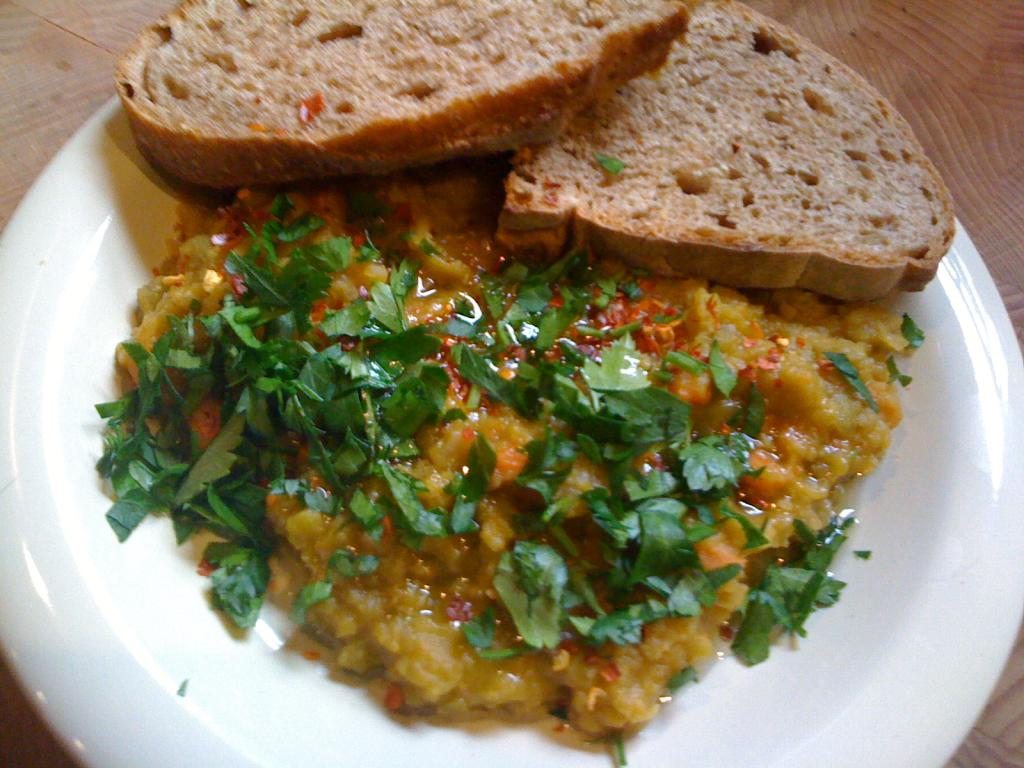 Sugar in school: give the people what they want? Reporter Ed Bruske spent a week working in a Washington, D.C. public school lunchroom. His series of articles (1, 2, 3) that resulted are fantastic reading for anyone following the ongoing debate regarding school lunches and the challenges for enacting real reform. Today’s entry looked at how sugar is used in school food.
Sugar in school: give the people what they want? Reporter Ed Bruske spent a week working in a Washington, D.C. public school lunchroom. His series of articles (1, 2, 3) that resulted are fantastic reading for anyone following the ongoing debate regarding school lunches and the challenges for enacting real reform. Today’s entry looked at how sugar is used in school food.
Bruske lists the multiple ways schools find to sugar up our kids — Pop-Tarts, sugar cereal, canned fruit in syrup, flavored milk, cookies and other desserts and even juice. Yes, juice is part of the problem, too. By weight, it has just as much sugar as Coke. Bruske observes that a 4 oz cup of apple juice has the equivalent of 3 tsp of sugar. As for flavored milk, an 8 oz carton of the brand served in the DC school contains 6 tsp of sugar. It’s the same percentage of sugar as juice but at twice the service size, it’s almost the same amount of sugar as a can of Coke — and handed out to many of our kids for free. Got diabetes?
I recommend an experiment. Take a cup measure and put in 4 oz (1/2 cup) of water. Then add 3 tsp of sugar. If you’re feeling saucy, double the amount of both. Now drink. That’s what we serve to our kids at school? Yuck. Of course, there’s an added wrinkle with juice, which Bruske discusses and which I have written about as well. The sugar in juice comes in the form of fructose. Well, I’ll turn it over to Ed to explain:
Some medical researchers are now concerned that high doses of fructose may have other health consequences besides contributing to an overabundance of calories in the diet. Fructose is metabolized somewhat differently by the body than sucrose and other forms of sugar. It goes directly to the liver. Researchers hypothesize that fructose could be responsible for an increasing incidence of fatty liver disease, as well as metabolic problems such as insulin resistance, obesity, diabetes.
This is one reason why NYC’s landmark anti-soda campaign recommends only water (flat or fizzy) and low-fat milk as alternatives. It may turn out that juice, believe it or not, is as much of a culprit in the obesity/diabetes epidemic as soda.
In my own experience, whenever restrictions on access to sugar at school come up you hear objections like “they get it at home” or “why are you imposing your food judgments on other people.” The obvious response to the first objection is that kids can still get sugar at home. But there’s no reason to give it to them at school. By that logic, we should just sit kids down in front of the TV all day at school. They get it at home, right? So what’s the difference?
My favorite, however, is the idea that kids really want that sugar so we just have to give it to them. Bruske certainly witnessed that desire. But since when do we let kids make their own decisions in area of health, much less education? Isn’t that what parents do, decide what is and isn’t good for our kids? Well, you know what? Making a small part of their day and one meal out of three include only a minimal amount of sugar should be an obvious decision. If parents are that uncomfortable with reduced sugar in school, they are free to make up for it with more sugar at home. But somehow I don’t think they will.
A fascinating element in Bruske’s piece is the observation that current school lunch rules lead schools to pump up the sugar content:
Federal rules for the school lunch program require that the fat in food be kept at or below 30 percent of total calories, something few schools actually achieve. The rules also stipulate minimum calories for school meals–for instance, 664 lunch calories for kids in Kindergarten through sixth grade. Since fat is dense with calories, and also delivers flavor, succulence, a sense of satiety, school food service providers struggle to meet the minimum calorie levels without the fat and still make food appealing. Sometimes a boost of sugar to the foodline is just the thing to deliver the required calories, even though it may be the last thing students with weight issues need. Some schools serve up the sugar as dessert. Diced peaches in sugary “light syrup” accomplishes the same thing.
Well, well. What a surprise. While there are guidelines, there’s no legislated limit on the amount of sugar served to children at school so, when holding fat and calories constant as required by law, sugar ends up boosted. After all, sugar is cheap and school food is woefully underfunded — why not use empty calories to meet the letter of the law. There are a lot of good ideas floating around the USDA and Congress about restricting access to junk food at school. But from the sound of it, nothing short of a cap on the total amount of sugar served to children — including added sugar or as naturally occurring sugar in beverages — will stop these sorts of games. It is our children’s health we’re talking about. That does matter to people, doesn’t it?



